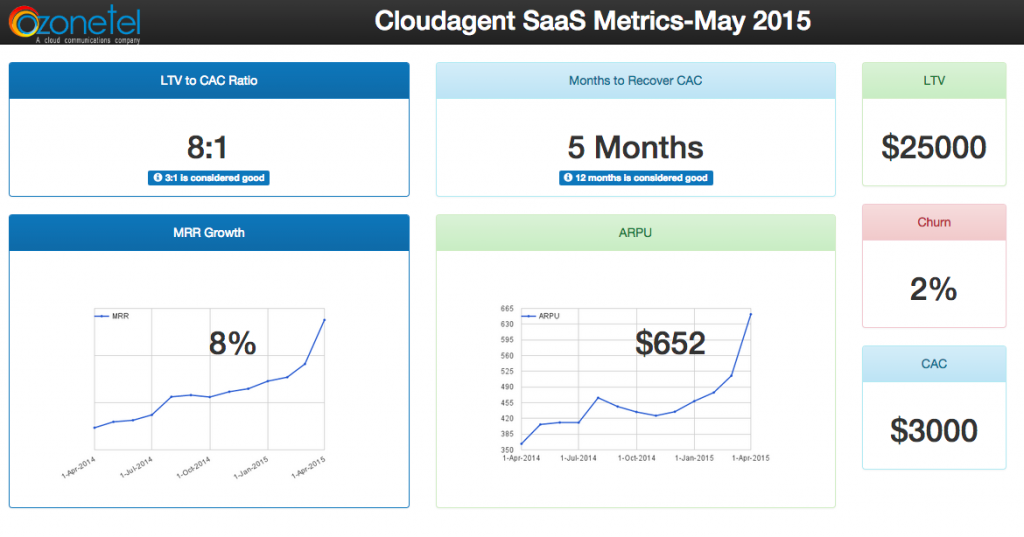The story of how Freshdesk grew 500% in revenue in 12 months, and how Girish Mathrubootham and team went about telling us how they did it at SaaSx 2016.
“How many of you recognize this man on screen?” Girish Mathrubootham, CEO of Freshdesk, asked the room. He was gesturing to a picture of a man with thinning dark brown hair, a wide forehead, and a familiar crooked smile. A lot of hands went up even as people called the name out. Quentin Tarantino, people murmured, the eccentric filmmaker.
“Today’s presentation is going to be like a Tarantino movie.” he announced. “There will be different characters in it, narrating different stories that were happening at the same time. Hopefully, you’ll be able to put everything together in the end.”
There was a ripple of laughter as Girish turned to the four other people with him. They turned out to be co-panelists; early employees of Freshdesk who were going to join Girish in sharing inside stories from way back in 2013.
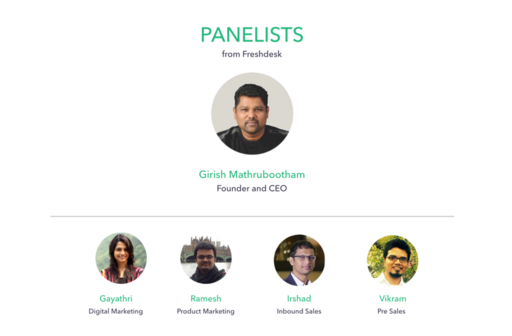
The last presentation to round out SaaSx3, a full day event for founders of subscription-based startups, Girish’s session was literally what everyone was waiting for. The session was supposed to take the attendees through Freshdesk’s journey from a $1 million to $5 million in a year. For the people who’d attended SaaSx2, this talk was the sequel to Girish’s presentation the year before about going from $0 to $1 million.
But before Girish slipped into the nitty-gritty details, he began with a disclaimer. “I’m going to be sharing some real numbers,” he said. “Learn all you want. Just don’t take pictures. And please don’t put anything up on social media.”
If the Tarantino joke hadn’t gotten the attendees to sit up, this sure did.
Chapter 1 – The First Million
Girish was true to his word. In typical Tarantino style, the first slide read “Chapter 1 – The First Million”. The year was 2013, he told us. The month, January.
And then, he was off. The next few minutes were a blur of anecdotes and insights, numbers and theories.
One of the highlights of this section was his “n-1 theory of pricing”, where he explained the reason behind adding a fourth “Estate” plan, at $40, to Freshdesk. The Estate Plan, he told us, went live with just one additional feature a few months before. This was intentionally done to make the cheaper “Garden” plan, at $25, look more attractive to customers. This decision, according to Girish, played a significant role in accelerating Freshdesk’s revenue.
Then, just to prove that he wasn’t making it all up, he showed us an actual investor report from January 2013. The report read that Freshdesk had crossed 84400 in MRR, which meant they had over a million dollars in annual revenue at the beginning of 2013.
But where were they going to go from there?
Chapter 2 – Happily Clueless
At the beginning of the year, Girish admitted with brutal honesty, his team had no clue about their target for 2013. Everything was up in the air; they were flying by the seat of their pants. He had a number in his head, a number he’d had, ever since he’d learned about Twilio and Sendgrid’s growth at Bessemer’s Business of API hackathon. But it was in his head and no one else knew about it.
Until this point, Girish was the only one actively talking, explaining and expounding. This was when his team jumped in to elucidate just how clueless they’d been. There were some candid stories about targets being set on a whim and how people would bargain with “G”, as they fondly called him, for more realistic numbers. As they spoke, we began to realize just how normal and confused Freshdesk had been before they had decided to go after the five million target. I’m pretty sure more than half the people there could relate to this because most companies go through something similar when they’re small.
However, Freshdesk was on the right track during this turbulent period even as they wavered over their targets. They moved to a freemium pricing model, offering three seats on their lowest plan, “Sprout”. An attractive offer, it helped them double their customer count in a month.
By this time, it was already end of March, however, and the team closed the quarter at an ARR of 1.4M.
Chapter 3 – The Big Dream
By the time Girish finally seeded the 5M dream in his team, it was April. A quarter had galloped by and there were only 9 more months in the year. Nobody believed it could be done. But try, they did and quite a few changes were done to spur them on.
- Monthly targets were changed from “no of seats sold” to monthly recurring revenue to make sure that the sales team knew where they were with the annual target. The small team was split so that there was one sales rep per geographical region and given their respective goals.
- The digital marketing team worked backwards from the 5M goal to create projections for the number of leads they needed to generate every month. This was done using assumptions based on existing numbers for conversion rate, ARPU and seasonality.
The team admitted candidly that the 5M target was the first time the sales and marketing team’s goals were aligned at Freshdesk. A lot of experiments were run to make sure they were doing it the smart way and not the hard way. Every 15 days, they’d check their course to make sure they were doing everything they could to reach the target.
As they began ramping up operations and aligning goals, the Freshdesk team realized that they needed more people to take care of the increase in leads. And they needed them immediately. Girish jumped in at this point to explain how they’d solved this problem by hiring “freshers” right out of college and put them in customer facing roles.
“It’s important to match people with work they will enjoy doing. I believe that you can’t put in something that God intentionally left out of someone.” He explained, emphatically. “So, when we hire a candidate, we look for talent. We know that we can train them for skill later. That’s why we look for people with good communication skills, who can interact well with your customers. Everything else can be taught.”
This was also when the pre-sales team came into being. A team dedicated to helping customers with their evaluation, pre-sales reps spoke to customers, understood their requirements and helped them fit the product to their needs. A one-two combo, reps would prep leads before they passed them onto sales to increase chances of conversion.
By end of Q2, the team had achieved an ARR of 2.1M.
Chapter 4 – Escape Velocity
While the aligned goals of sales and marketing gave them quite a boost, the team still had to look at other ways to scale their growth in a sustainable manner. The right, and obvious, thing to do next was to align the product to the business goal.
This was done, Girish explained, by splitting engineering into core development and customer development. A decision taken in tandem with his co-founder, Shan, this would ensure that while the core developers focused on building important functionality, the customer developers could take care of bugs, feature requests and migrations.
When this was put in place, the core team started working towards making the product attractive for bigger deals. With input from sales, the product team started adding features to the $25 Garden and the $40 Estate plans to support the business. Meanwhile, the customer development team worked on making sure that existing customers were happy and their revenue was safe.
At the same time, they also realized the importance of upgrade revenue in SaaS. Girish showed us numbers detailing how their free or low-value customers were upgrading on their own by buying additional seats. Without any effort from Freshdesk, the accounts were growing. As businesses grew, they stuck with the solution that had helped them out when they were small. It had an even bigger effect on revenue, thanks to compounding.
Girish referred to it as “the advantage of SaaS” and stated that every founder at SaaSx has the opportunity to take advantage of it.
When Q3 rolled to an end, the team was at 3.1M ARR.
Chapter 5 – The Last Mile
By this time, Freshdesk was running like a well-oiled machine. A lot of new processes and ideas were in place and the team continued to see the benefits of the changes they’d made in the previous quarters.
But as Girish put it, “Life doesn’t stop at 5 million. You will have investors asking you what’s next and you have to look for things beyond your current target.”
So even as they were busy chasing their target, the team had begun working on some long-term projects for the next year. This included the beta launch of their second product – Freshservice, a channel sales program to find resellers in upcoming markets and raising more money from existing investors in an internal round.
He also had an important lesson to share about the effect of high targets on team morale.
“If we’d gone from $1 million to $4.5 million (instead of $5M),” he explained. “It’d still have been a great achievement. When you set targets, you have to make sure that salespeople don’t feel disappointed while the rest of the company celebrates. It’s important to manage their expectations and make sure their morale isn’t affected.”
Chapter 6 – The Fifth Million
And then, it was finally time for everything to come together.
For his final chapter, the end of the year, Girish simply pulled up an investor report from January 2014. At that point, Freshdesk had crossed 408,566 in MRR. This meant that that their ARR, multiplied by 12, was approximately $4.9 million.
Had the Freshdesk team really not met their target? Was this whole presentation an elaborate hoax?
The room was hushed and still as Girish, channeling Tarantino like never before, explained that, in their hustle for the target, they’d forgotten to include one of their revenue streams in their numbers – the humble day pass, which teams could buy to allow temporary agents to log into their account for a day. This worked out to about $8500 a month and helped their overall revenue cross the 5M mark.
There was silence and then, wild applause.
Girish and his team ended the presentation with a question that they asked themselves in the beginning of the year. It left us all in deep thought about how we should be running our startups.
“Are we aiming high enough? Do we want to be happy with 25% YoY growth or do we want to chase 5x in 12 months?”
By the time the team wound up their presentation, it had extended to a little over an hour and a half, twice as long as it was originally supposed to be. But no one had really noticed the time.
Any audience who’d sat through a full day of sessions would have been tired by 8 PM. An audience that had travelled from different cities to be there on a Saturday would have been exhausted.
Despite that, Girish and his team got a huge round of applause, a standing ovation and even a short Q&A session.
“What is your current payback period?” Someone asked when we opened up for questions. “Join us for SaaSx in 2019,” Girish remarked with his trademark wit, “-and I’ll tell you then.”
As I joined everyone to laugh and cheer for his reply once again, I realized the talk, like Girish had claimed earlier when he’d begun his presentation, had something for everyone – actual numbers, funny anecdotes, attention to detail and authentic storytelling.
All of it, combined with Girish’s genuine interest in sharing his experiences with the attendees, had made it special. I found this to be true of pretty much every session I’d attended at SaaSx, where the community was really helpful in sharing best practices and also on what to steer clear of.
Having said that, next year’s SaaSx has some pretty big shoes to fill. And going by the standards, the one after that, even bigger.


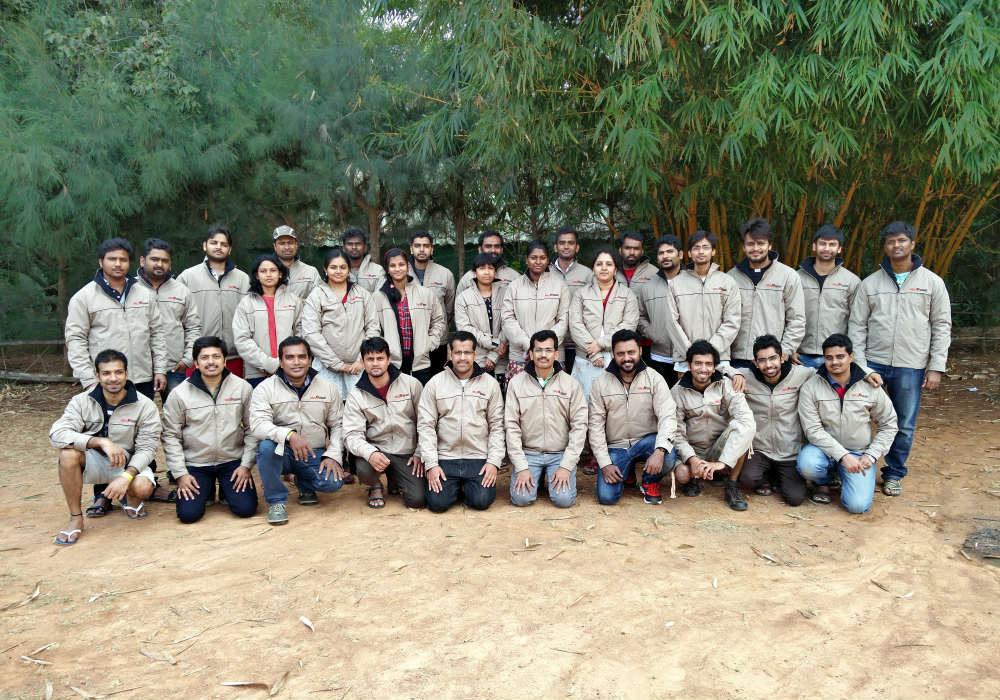
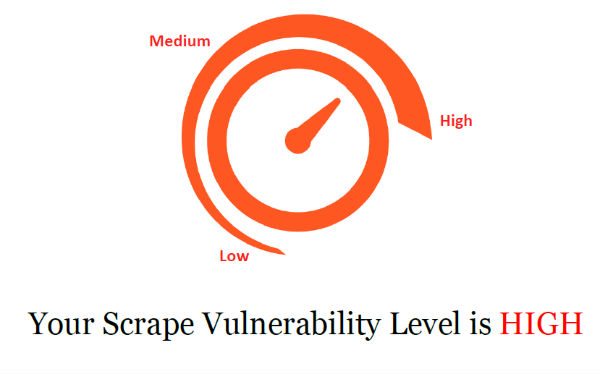

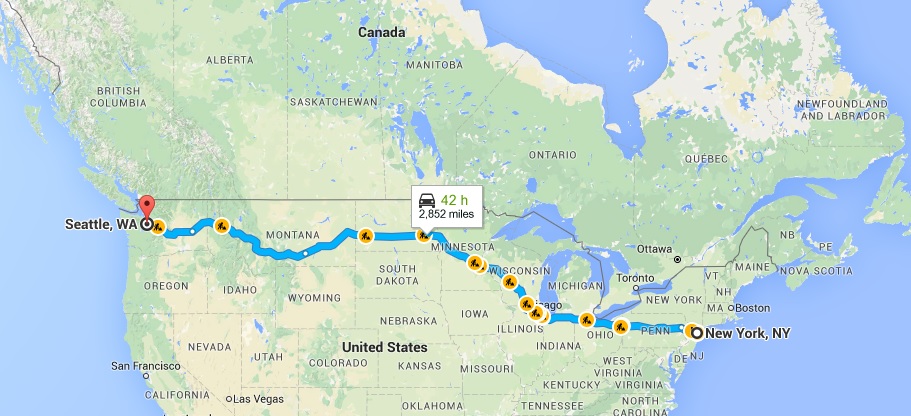
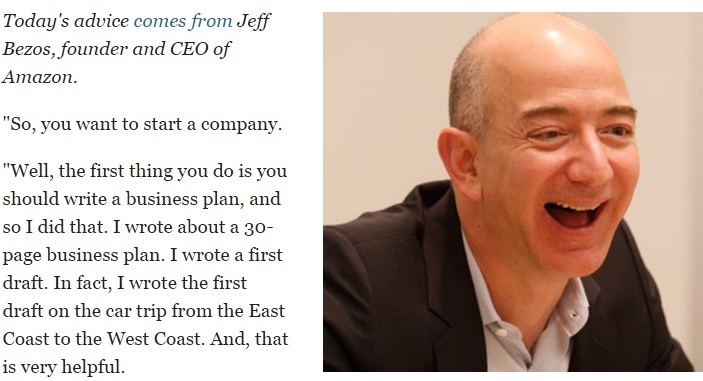
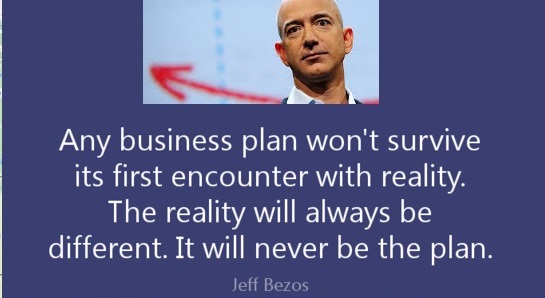

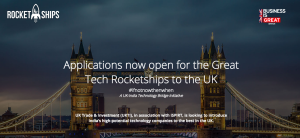
 Centuries ago Columbus took an adventurous sea journey to discover India in search of gold and in the process stumbled upon America. It is ironical that after ages we Indian product entrepreneurs are re-embarking upon the journey to rediscover America in search of gold, just that we no longer trust the sea and prefer to go via the cloud.
Centuries ago Columbus took an adventurous sea journey to discover India in search of gold and in the process stumbled upon America. It is ironical that after ages we Indian product entrepreneurs are re-embarking upon the journey to rediscover America in search of gold, just that we no longer trust the sea and prefer to go via the cloud.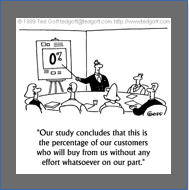 There is a school of thought which believes inbound marketing using content and blogs gives you good quality low cost leads over time. I personally belong to that group having built SalesPanda, an inbound marketing product. But there is another set of people who feel its better to go target the exact customers you want to bring in via outbound. I must say this round table was dominated more by the latter than the former. Like Sachin from Insidesalesbox.com shared the perfect analogy of fishing with a spear and not the net, its yours to choose. In the same room we had two successful startups using both the methodologies successfully. On one side we had Samir our speaker from shop socially who has 70% of leads from outbound email and telecalling and other side we had Sidharth from Wingify(VWO) who have 70% leads from inbound content. Ideally you need to master both and leverage one with the other.
There is a school of thought which believes inbound marketing using content and blogs gives you good quality low cost leads over time. I personally belong to that group having built SalesPanda, an inbound marketing product. But there is another set of people who feel its better to go target the exact customers you want to bring in via outbound. I must say this round table was dominated more by the latter than the former. Like Sachin from Insidesalesbox.com shared the perfect analogy of fishing with a spear and not the net, its yours to choose. In the same room we had two successful startups using both the methodologies successfully. On one side we had Samir our speaker from shop socially who has 70% of leads from outbound email and telecalling and other side we had Sidharth from Wingify(VWO) who have 70% leads from inbound content. Ideally you need to master both and leverage one with the other.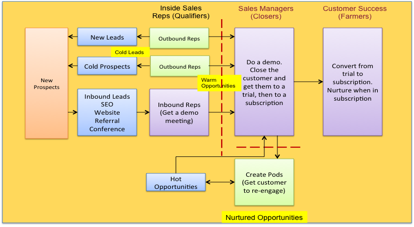 Once the database is ready, import it to a marketing automation tool, in case of sell socially they use Pardot. Create a drip marketing campaign across different offering. Segregate the prospects as R,C,O – People who respond,click or open your mailers. The inside sales team calls out to people who atleast clicked on the email so its never a cold call as atleast the customer has heard about you before. The chart below details the emailing process. The prospects move to a CRM solution where the lead is progressed. Shop socially use Salesforce and Sugarcm but any other good CRM would do. Ajay from Salezshark also shared how their CRM software provided an integrated mobile ready solution. It have built in contact database seamlessly integrated into the solution. Do check out !
Once the database is ready, import it to a marketing automation tool, in case of sell socially they use Pardot. Create a drip marketing campaign across different offering. Segregate the prospects as R,C,O – People who respond,click or open your mailers. The inside sales team calls out to people who atleast clicked on the email so its never a cold call as atleast the customer has heard about you before. The chart below details the emailing process. The prospects move to a CRM solution where the lead is progressed. Shop socially use Salesforce and Sugarcm but any other good CRM would do. Ajay from Salezshark also shared how their CRM software provided an integrated mobile ready solution. It have built in contact database seamlessly integrated into the solution. Do check out !